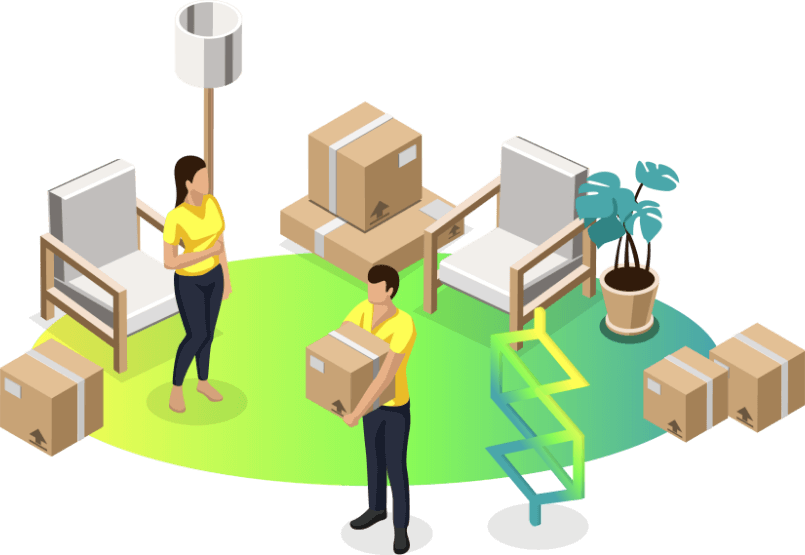What is Returns Management Services?
Dollar Fulfillment’s returns management services is simply the act of receiving the shipment from your customer, judging the condition of the return–-and if satisfactory—returning the unit(s) to your inventory. Returns Management Services offered include the following:
- Goods-specific processes
- Ensuring return integrity – manually and/or using high-performance diagnostic tools
- Enacting recall campaigns if needed
- Transparent returns processes with tracking available
- Client-tailored reprocessing of returned items for return to market: e.g. performing functional tests or item preparation
- Stocking inventory for standard replacement or preferred replacement products
Why Use Returns Management Services from Dollar Fulfillment?
Location
If you are a high volume brand, chances are your customer is distributed across the U.S. As such, choosing one location in the middle of the Country (like Memphis, Tennessee) to handle all returns in one central location makes the most sense.
Scalability
Most online sellers tend to have a cap for their returns at a certain percentage depending on their product and market. But you want to grow your sales–so that means that percentage of returns will also grow. This can quickly become unwieldy, even for industrious and dedicated business-owners. Outsourcing these responsibilities to Dollar Fulfillment ensures that the resources you’ve cultivated already–such as competent and enthusiastic employees and basic business infrastructure–are not overloaded by new tasks that they aren’t equipped to handle.
Customer Service
When it comes to customer service, your business is in competition with pretty much every other retail outlet on the market–including the giants who can afford to have entire divisions of professionals devoted solely to returns management. Customers will want the same seamless returns from you that they want from Amazon or Wal-Mart. How do you compete? Dollar Fulfillment Returns Management Service is the solution you need. We’re in this business to provide your customers with the support they want whenever they need a problem resolved.
Return Costs
Part of the issue with cost-effective returns management is just that–costs. Vendors, routes, refunds, and returning products to market all require tracking and inventory, each with dozens of options that can overwhelm even the most savvy entrepreneur. Rather than become an expert in an entirely new line of business, partner with Dollar Fulfillment. We know the best returns management software for your business because that’s our business. After we sit down with you and learn about your business goals and needs, we research the logistics of the most effective way to deliver and manage your returns.
Fraud Protection
Returns Management Services doesn’t just include covering customers who need resolutions; it also covers you. Returns fraud is a real concern, and predatory scam artists often target smaller businesses because they’re attracted by the smaller amount of protection these businesses have. But Dollar Fulfillment Returns Management Services includes expertly surveilling your inventory and quickly ensuring that every return request that comes in is from a legitimate customer. We consider ourselves an extension of the businesses of all our partners, and so we are invested in protecting your profits from fraud.
Dollar Fulfillment is the Returns Management Service of Choice
Dollar Fulfillment prides itself on building up businesses to be better, enabling entrepreneurs and content creators to grow. At Ship-A-Lot, we know that easy returns build your reputation for customer service and encourage your shoppers to buy with impunity. Our Returns Management Service is part of an All-In-One Service Package that includes warehouse management, inventory management, kitting and assembly services, and much more.
